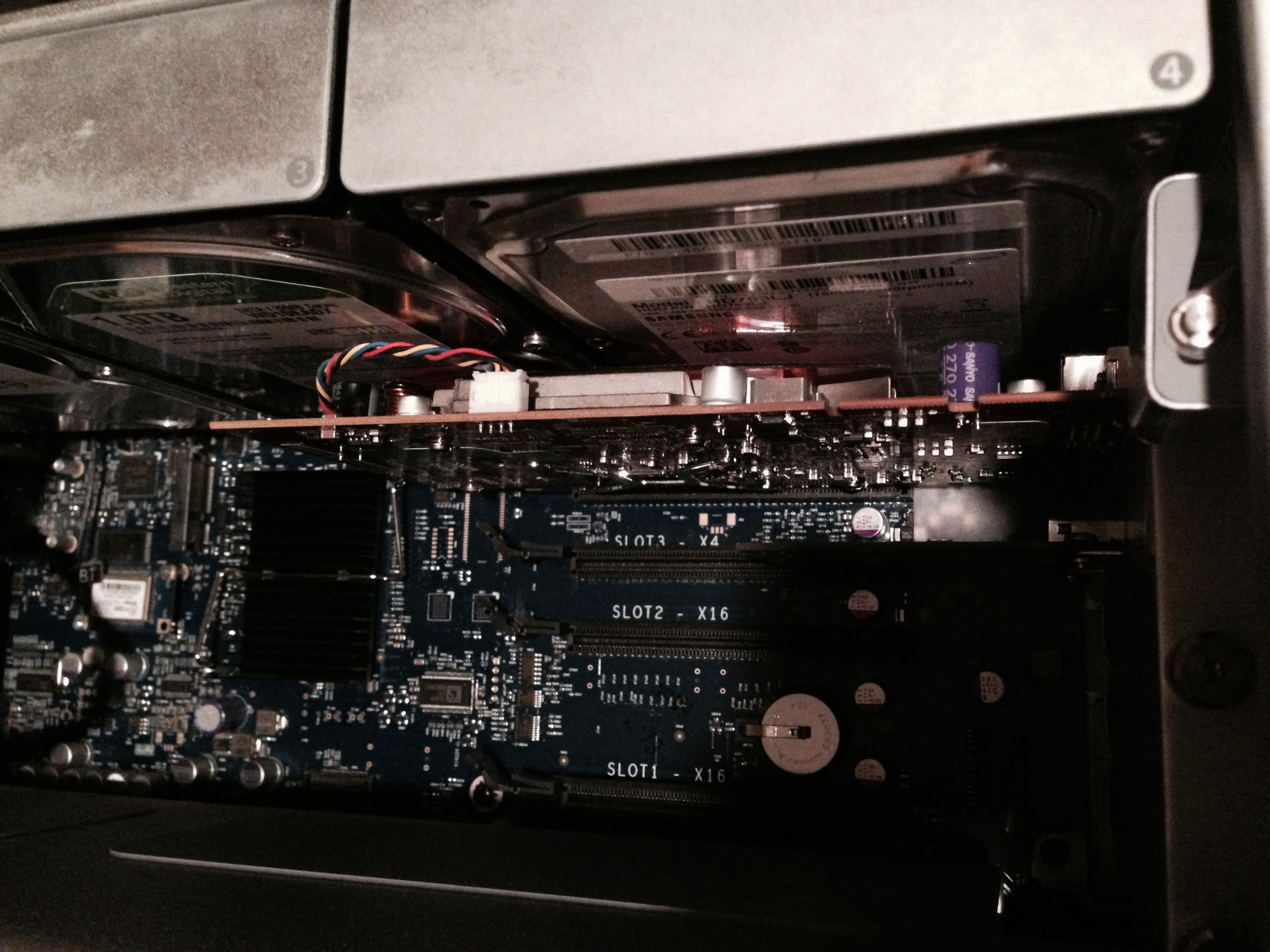
- #VIDEO CARD FOR MAC PRO A11 86 PRO#
- #VIDEO CARD FOR MAC PRO A11 86 SOFTWARE#
- #VIDEO CARD FOR MAC PRO A11 86 WINDOWS#
The report is careful to clarify that Apple could, for one reason or another, choose to only release Macs with 8 or 12 cores at first but that the company is working on chip variants with the higher core count, in any case.
#VIDEO CARD FOR MAC PRO A11 86 PRO#
And the planned Mac Pro replacement could have as many as 32. New chips for the high-end MacBook Pro and iMac computers could have as many as 16 performance cores (the M1 has four).
#VIDEO CARD FOR MAC PRO A11 86 WINDOWS#
If the company is able to continue on their current performance trajectory, it will look extremely impressive.Ĭiting sources close to Apple, a new report in Bloomberg outlines Apple's roadmap for moving the entire Mac lineup to the company's own custom-designed silicon, including both planned release windows for specific products and estimations as to how many performance CPU cores those products will have.

Apple has claimed that they will completely transition their whole consumer line-up to Apple Silicon within two years, which is an indicator that we'll be seeing a high-TDP many-core design to power a future Mac Pro. Whilst in the past 5 years Intel has managed to increase their best single-thread performance by about 28%, Apple has managed to improve their designs by 198%, or 2.98x (let's call it 3x) the performance of the Apple A9 of late 2015. Apple made mention that the M1 is a true SoC, including the functionality of what previously was several discrete chips inside of Mac laptops, such as I/O controllers and Apple's SSD and security controllers. Apple's is starting a new SoC naming scheme for this new family of processors, but at least on paper it looks a lot like an A14X.

With four large performance cores, four efficiency cores, and an 8-GPU core GPU, it features 16 billion transistors on a 5nm process node. The new processor is called the Apple M1, the company's first SoC designed with Macs in mind. () Fed Up Of Playing Whac-A-Mole With Network Of Softbank-Owned Patent Holders, Intel Goes To Court () ARM Faces a Boardroom Revolt as it Seeks to Remove the CEO of Its Chinese Joint Venture () Nvidia's Market Cap Rises Above Intel's () Apple Has Built its Own Mac Graphics Processors If the deal does go through, it would be one of the largest deals ever in the computer chip business and would likely draw intense regulatory scrutiny. Nvidia is said to be the only company that's involved in concrete discussions with SoftBank for the purchase at this time, and a deal could arrive "in the next few weeks," although nothing is finalized yet. Nvidia is reportedly in "advanced talks" to buy ARM in a deal worth over $32 billion, according to Bloomberg. SoftBank has been rumored to be exploring a sale of ARM - the British chip designer that powers nearly every major mobile processor from companies like Qualcomm, Apple, Samsung, and Huawei - and now, it might have found a buyer. How will Apple exploit this? Will it ditch fans in order to make thinner Macs? Will it exploit the opportunity to explore a new design language for its PCs? At what point will an iPhone become all the Mac you ever need, given your choice of user interface and access to a larger screen?
#VIDEO CARD FOR MAC PRO A11 86 SOFTWARE#
It’s important to note that the GPU in a Mac with Apple silicon is a member of both GPU families, and supports both Mac family and Apple family feature sets. In other words, using Apple Silicon and Rosetta, you should still be able to use software designed for Intel-based Macs. The A11 chip and Metal 2 really consolidated this technique. The effect is that TBDR rendering delivers lower latency, higher performance, lower power requirements and can achieve higher degrees of bandwidth.

It works differently from the Immediate Mode rendering system supported in Intel Macs: While the latter immediately render imaging data to device memory, the former makes more use of the GPU by sorting out each element first before submitting it to device memory.

You see, while Intel Macs contain GPU’s from Intel, Nvidia and AMD, Apple Silicon Macs will use what the company seems fond of calling “Apple family” GPUs. These use a rendering system called Tile Based Deferred Rendering (TBDR), which iOS devices already use. But it could be a reason for pause by some high-end users during the transition period from Intel-based hardware. Like iPhones and iPads, Apple Silicon Macs will use an Apple-designed GPU – something that makes complete sense when you consider this is how current iOS devices work.


 0 kommentar(er)
0 kommentar(er)
